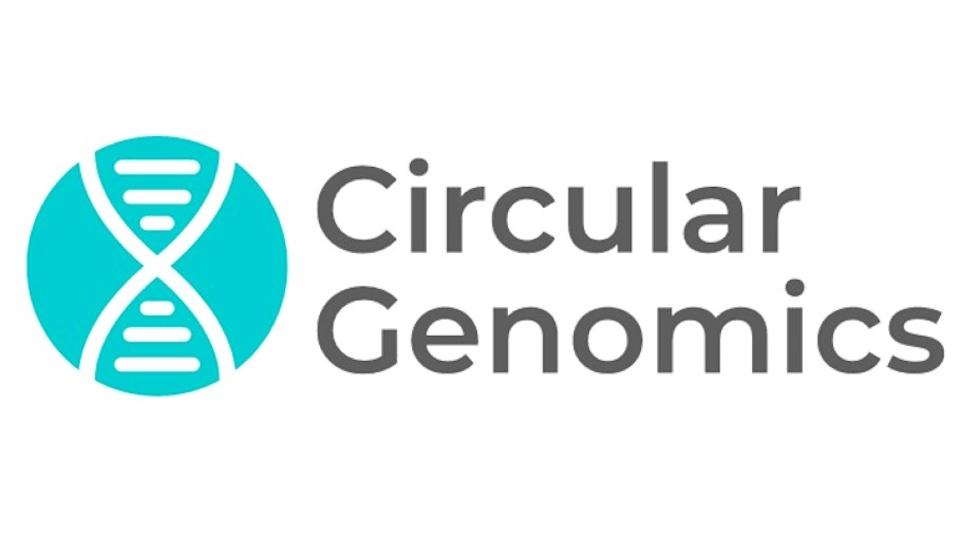Planning a chart-topping mobile pharma project

Michael Ashworth
NuBlue Web Solutions
Building mobile apps and websites is often at the very top of pharma company marketing to-do lists. This is often accompanied with a ‘build it and they will come’ attitude, which can often result in poorly received projects that deliver little, if any, value to the patients or HCPs the project is aimed at. And even less ROI to the company.
With over 500,000 apps now available on the Apple Store and 10,000 categorised as medical apps, making sure your app is unique and well defined is more important than ever.
A thorough project plan from the start is an absolute must when developing a mobile application or website. A properly researched and defined project brief will give your mobile project the base it needs to develop intelligently, deliver results and add real value to audience it is aimed at.
Know your audience
This is key. The question of “who are we trying to reach?” should be asked and answered before any other considerations are made. As with any marketing or sales led project, the primary consideration is the audience or end-user it is being created for. Researching and defining an accurate audience profile should be the first stage in any mobile project. The audience profile should be referred back to during every aspect of the project, from the design, the content style and tone and the resulting marketing activity to push the completed project to the defined audience.
 ,
"Without setting targets and goals for the project, there is no way to quantify its success, or indeed see where it has failed."
 ,
Making an audience analysis requires consideration of many factors such as age, gender, level of education and culture. For businesses / products with an existing audience, an audience analysis can be achieved through questionnaires, focus groups and interviews, or existing demographic data. For mobile projects which aim to target an as yet undefined audience, market segmentation techniques can be used to provide generalisations about the intended end-user.
As mobile projects are inherently of a technical nature, assessments of end-user education levels, IT competency and any possible accessibility issues should be included in the audience analysis. The concluding audience / customer profile should be documented, refined and shared with all project stakeholders.
Define your goals
The question of who the project is trying to reach has now been answered. The second question to determine is: “what are we trying to achieve?”
Without setting targets and goals for the project, there is no way to quantify its success, or indeed see where it has failed. Two types of goals should be defined at this stage:
• End-user goals. What do we want our target audience to do once using the mobile app / website?
• Company goals. Why are we building this and what are we looking to get out of it?
End-user goals can be a simple list of things you would like an end-user to do whilst engaging with the mobile app / website. It may be as simple as ordering a sample or making an enquiry, or it could be a more complex sequence of events which constitutes a goal. End-user goals are often quite tangible and can be quantified through using analytics reporting within the app / website.
Company goals for the development are equally as important, to ensure the project success can be measured. Are you looking to be seen as an innovator within a certain space, or simply to be recognised as a good resource for HCP’s? Are you seeking to improve customer service or create more brand awareness for patients?
Tracking and statistics
Building and launching a mobile app / website is just the start. Once live, it is important to evolve the project to refine existing features, include new ones and make improvements, which help achieve the defined goals.
 ,
"Once the project is live, a good tracking plan will really help to give you a clear picture of exactly what is happening in your mobile space."
 ,
Tracking users will help you develop the project evolution roadmap, by providing data on what users are actually doing when on your mobile website / application. Planning your tracking is important to consider before developing the project. Think about the goals that have been defined and track how many users complete the defined goals. Think about creating ‘funnels’ which can show you the route people are taking through the application. Once the project is live, a good tracking plan will really help to give you a clear picture of exactly what is happening in your mobile space.
By benchmarking statistics, future changes can be made to the mobile website / application, and very quickly it will be possible to see if the change has had a positive or negative effect on goal conversions.
With regard to mobile applications, far too often download statistics are cited to demonstrate success. According to research by Pinch Media:
“Only 20% of consumers use free apps more than one day after downloading, and only 5% use 30 days later.”
App or mobile website
‘App’ is a term that is often bounded about marketing departments to describe any content that is published to a mobile device. But not all mobile content is application based and often an app is not the best vessel for publishing mobile data.
Apps are relevant to a single handset. So an iPhone app is an application built to work on the iPhone IOS platform and must be distributed by Apple. Similarly an application can be developed for Blackberry and Android handsets. To develop applications compatible with all smart phones will require numerous versions of the application to be created. Although, HTML5 now allows native mobile apps or web apps to be created with the same code base.
In contrast, a mobile website is a website which is optimised and designed for the smaller screen resolutions used by mobile devices. As such it is possible to design a website for use with multiple handsets without making alternate versions, as would be necessary with an app. As a mobile website can be self hosted, changes can be made quickly and be visible in real time to the audience. This is not possible with a mobile application.
 ,
"...not all mobile content is application based and often an app is not the best vessel for publishing mobile data."
 ,
Careful thought should be given when making this choice as the consequence could be a very low adoption rate. For example, MobiHealth News reports only 9% of consumers with Smartphones have downloaded an app for managing health.
Technical considerations
The internet is a constantly changing landscape, and it is important to make sure any online project (mobile or otherwise) makes a researched analysis of the technical environment the finished product will operate within.
A mobile website which requires constant internet connectivity aimed at vets working in rural areas might not be a great idea! Similarly a mobile website serving video content to HCP’s within the healthcare sector, may find content blocked by strict internal firewalls. Knowing this at the start of a project allows for a development plan to be put in place, which mitigates the problem. Only finding this out at the end of the project can be very embarrassing and result in a lot of wasted time and money.
With so many applications available in the market place today, consumers and professionals alike are very selective of the technology they choose to adopt and the technology they don’t. A study by Localytics showed that 1 in 4 mobile apps downloaded are never used again. Localytics said:
“Tracking downloads is often a first step to gauging an app’s success, but download stats often provide an incomplete and inflated view. High download numbers always feel great, but if those customers never open the app or abandon it after just a few uses, those high download numbers are really part of a high churn rate.”
It might be a cliché, but still very true - failing to plan is planning to fail. A thorough plan and creative implementation will give your next mobile pharma project a fighting chance of being a mobile hit, and hopefully stop it from becoming one of the many mobile flops. With nearly all predictions anticipating huge growth in mobile internet browsing over the coming years, the time to start planning is now.
About the author:
Michael Ashworth is Managing Director at NuBlue, an award winning UK based web development team specialising in the development of online communication platforms for the pharmaceutical and healthcare sector.
Michael has worked with clients including Nutricia, TEVA, Norbrook and the NHS to create bespoke online systems, including e-learning tools, online communities, mobile applications and websites. Since its inception in 2005, NuBlue has won various industry awards, including Digital Business and Creative Business of the year and has worked with prestigious brands such as Virgin, Toni &, Guy and Danone.
Michael can be found tweeting at @nublue and contacted by email on michael@nublue.co.uk or through the website www.nublue.co.uk
Have you started planning your mobile pharma project?












